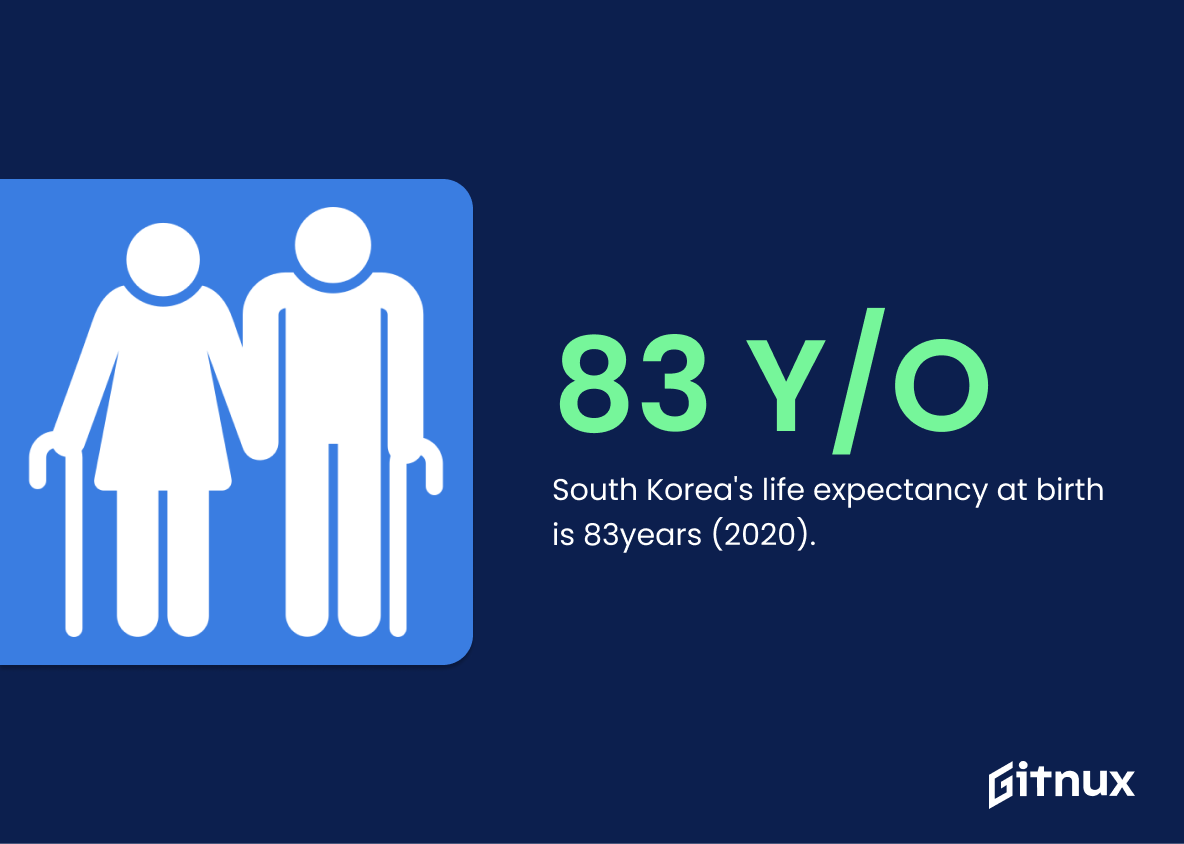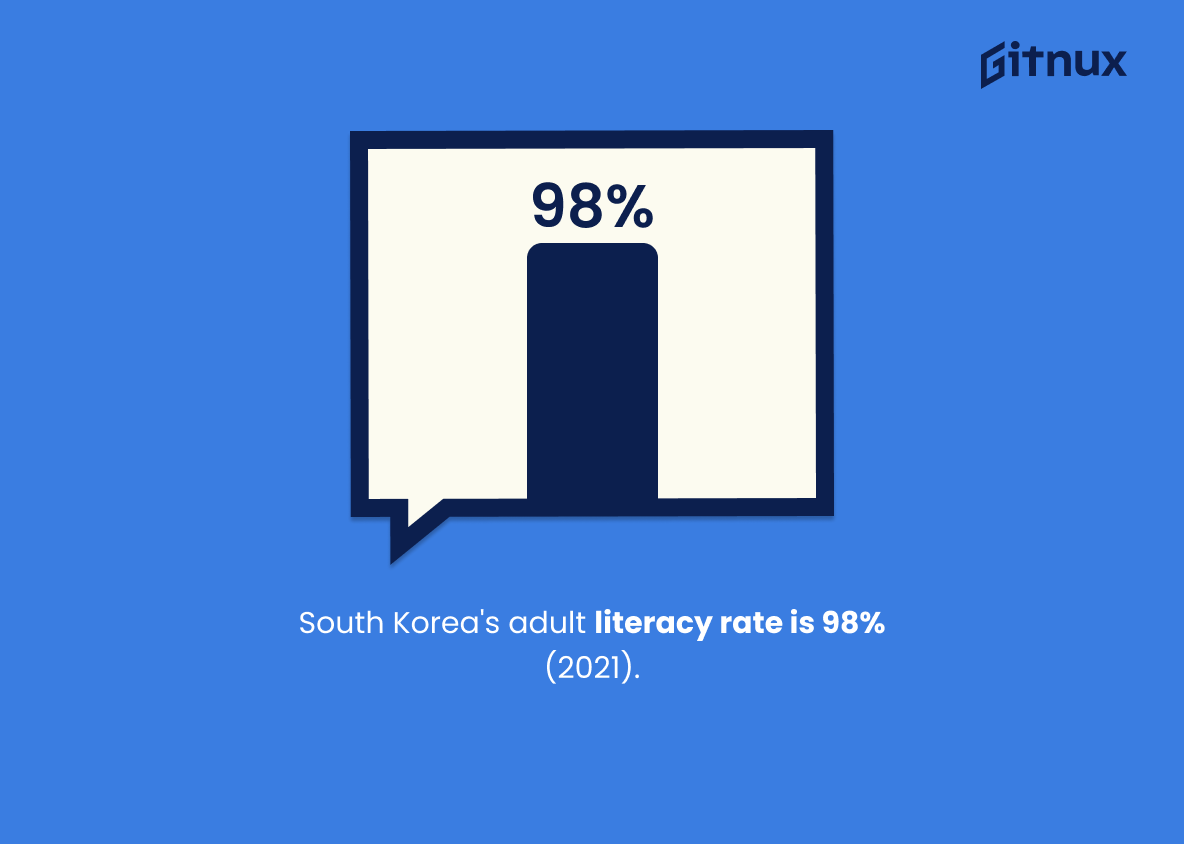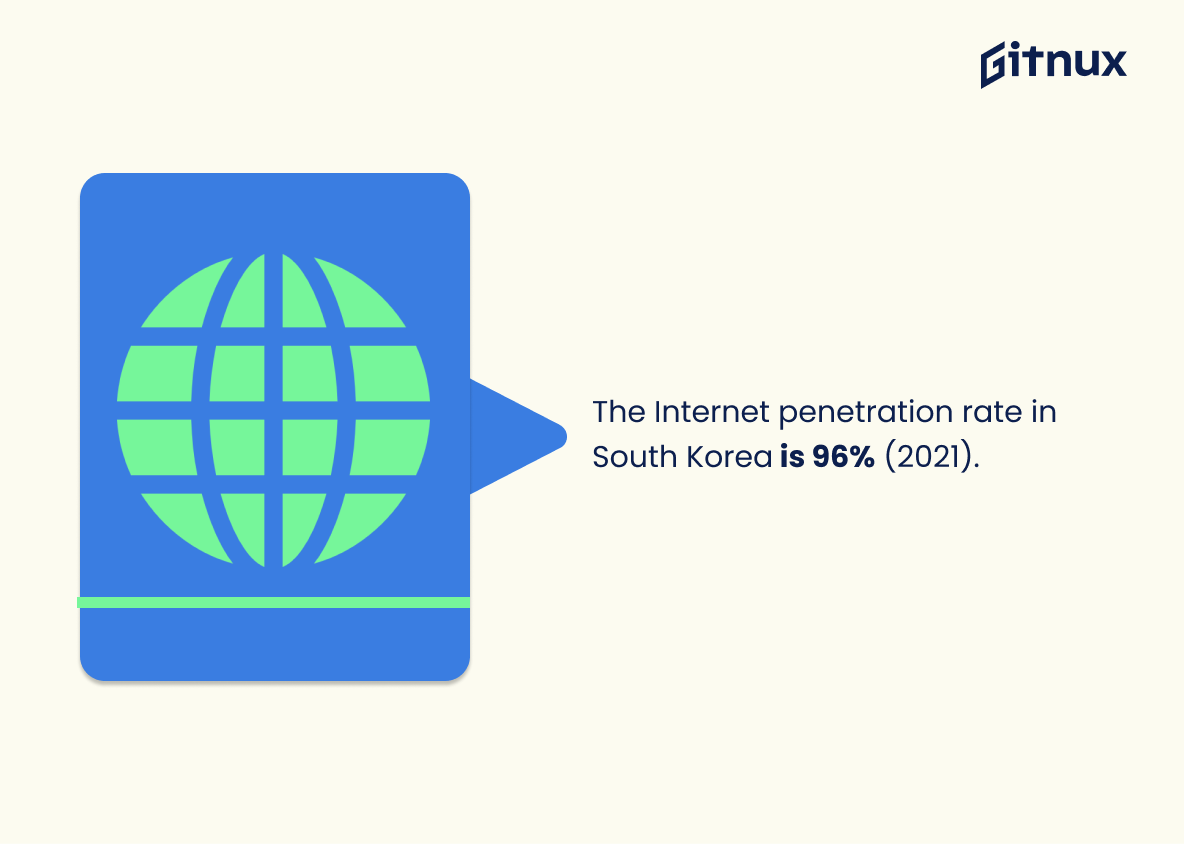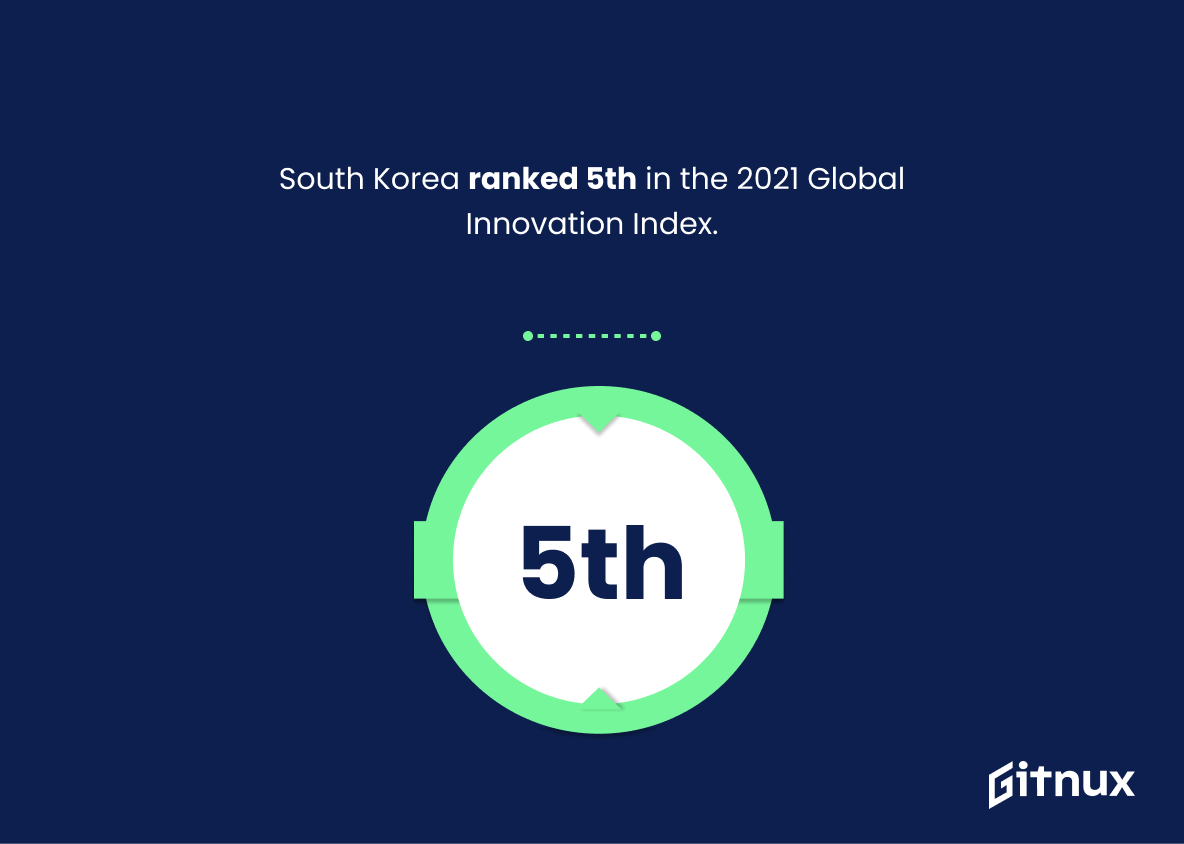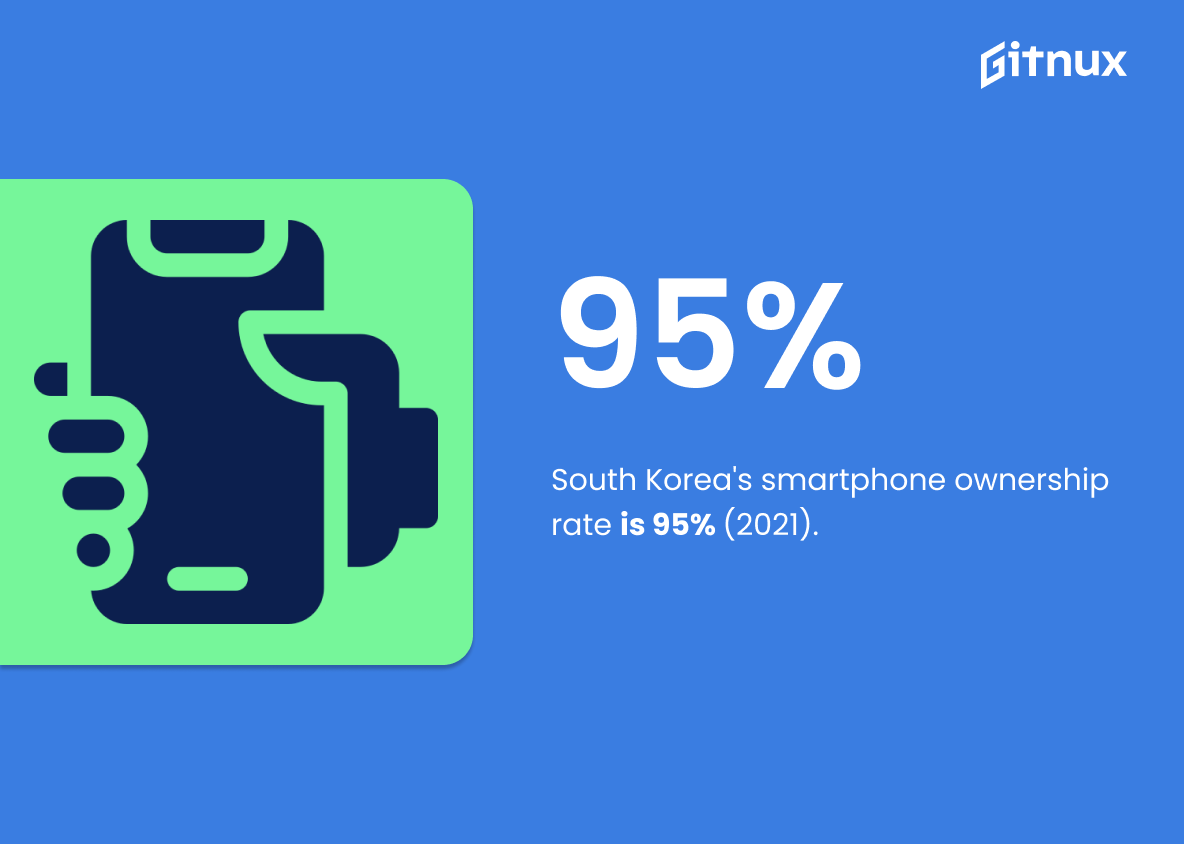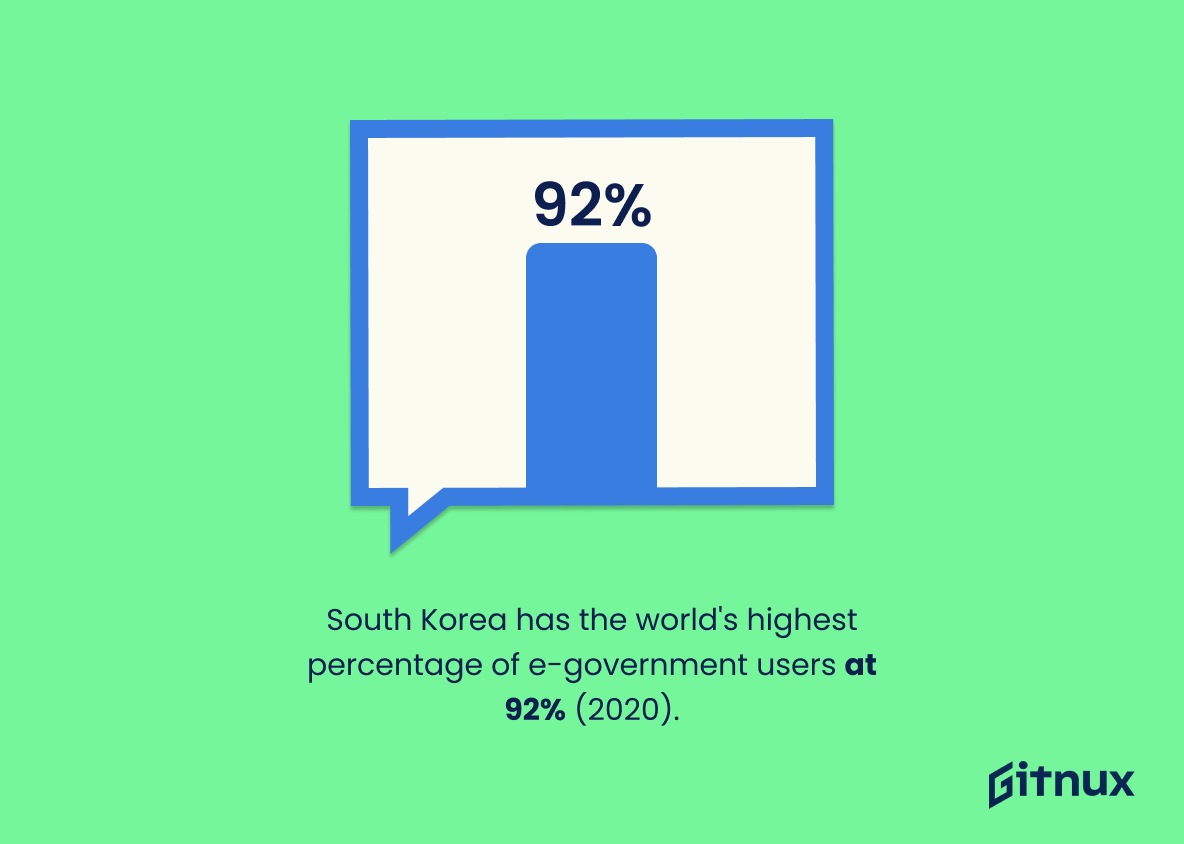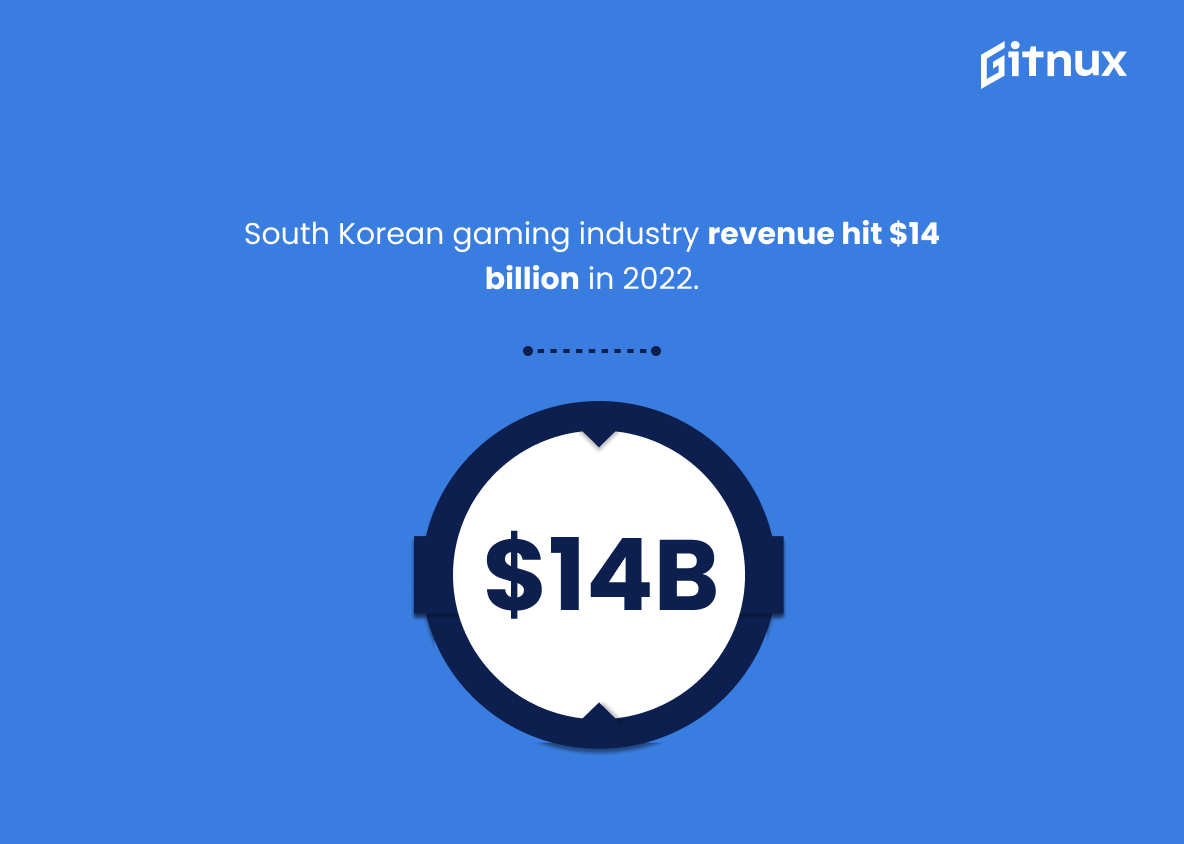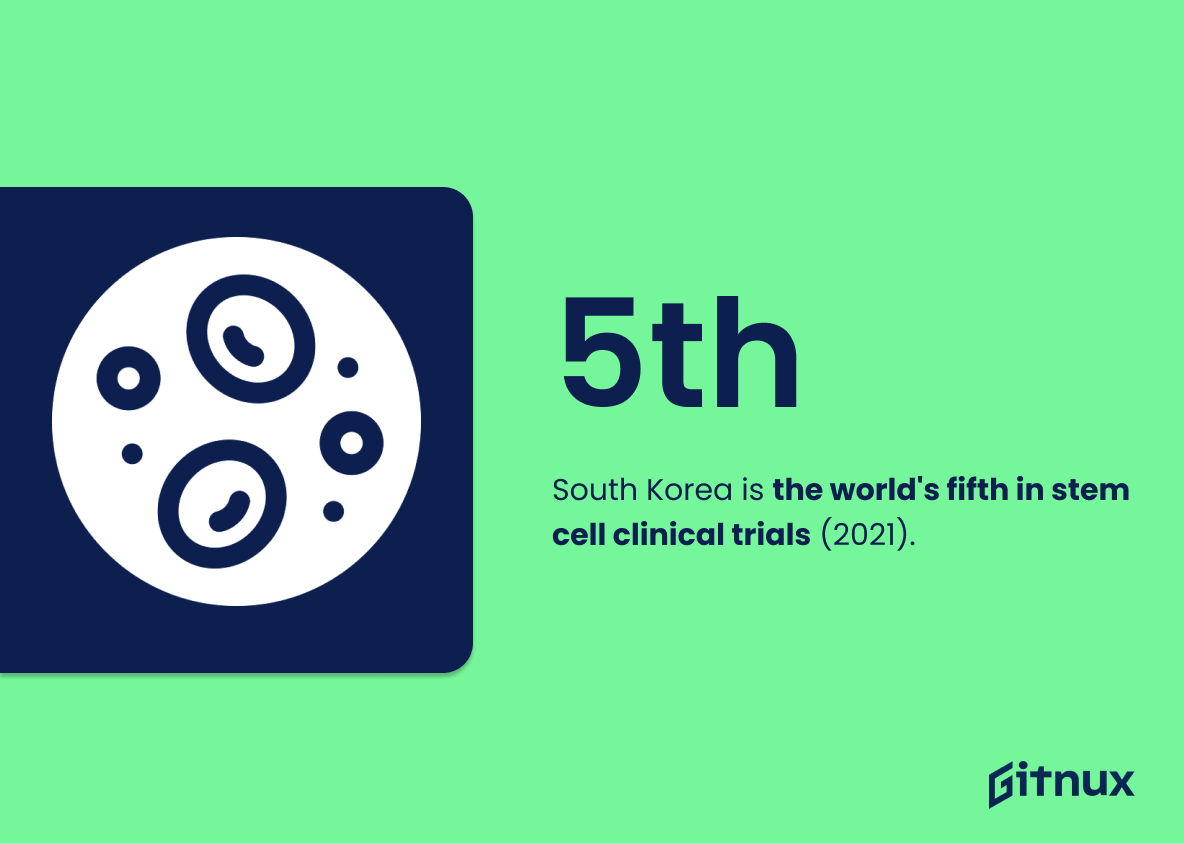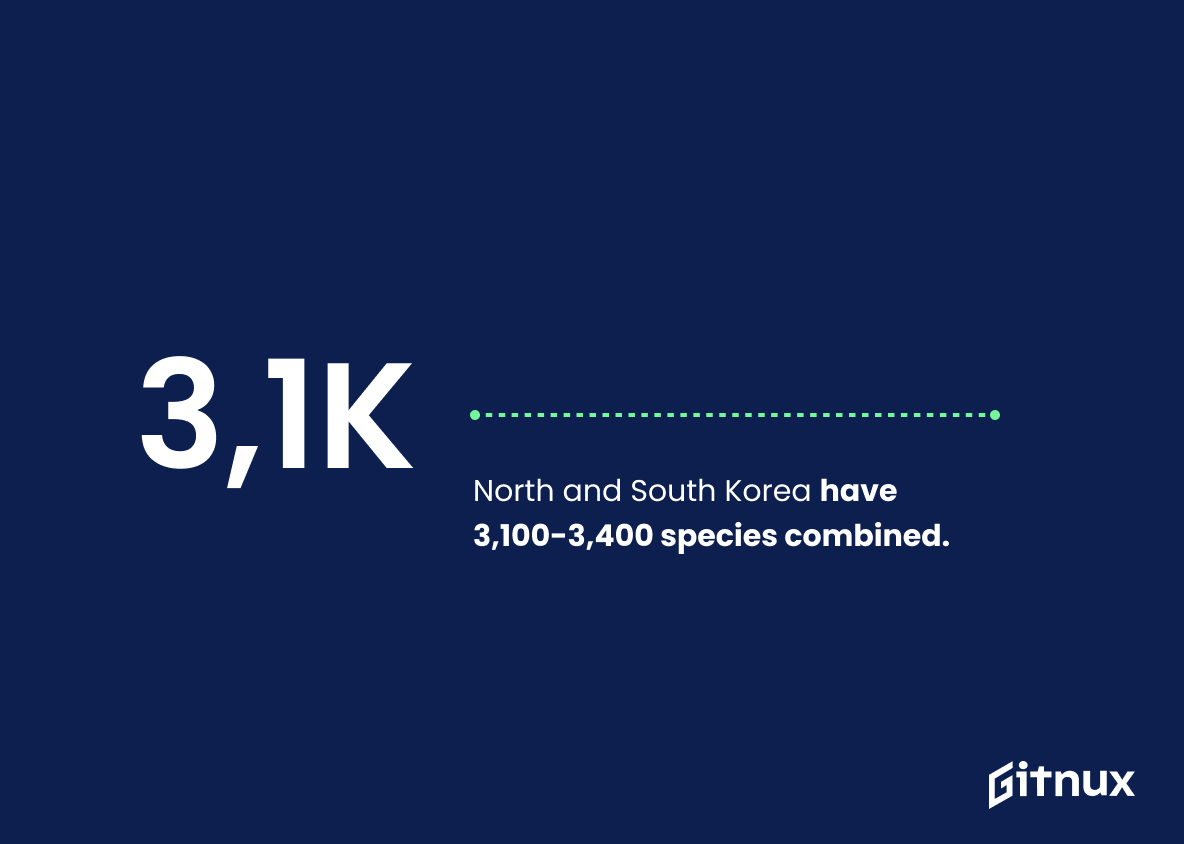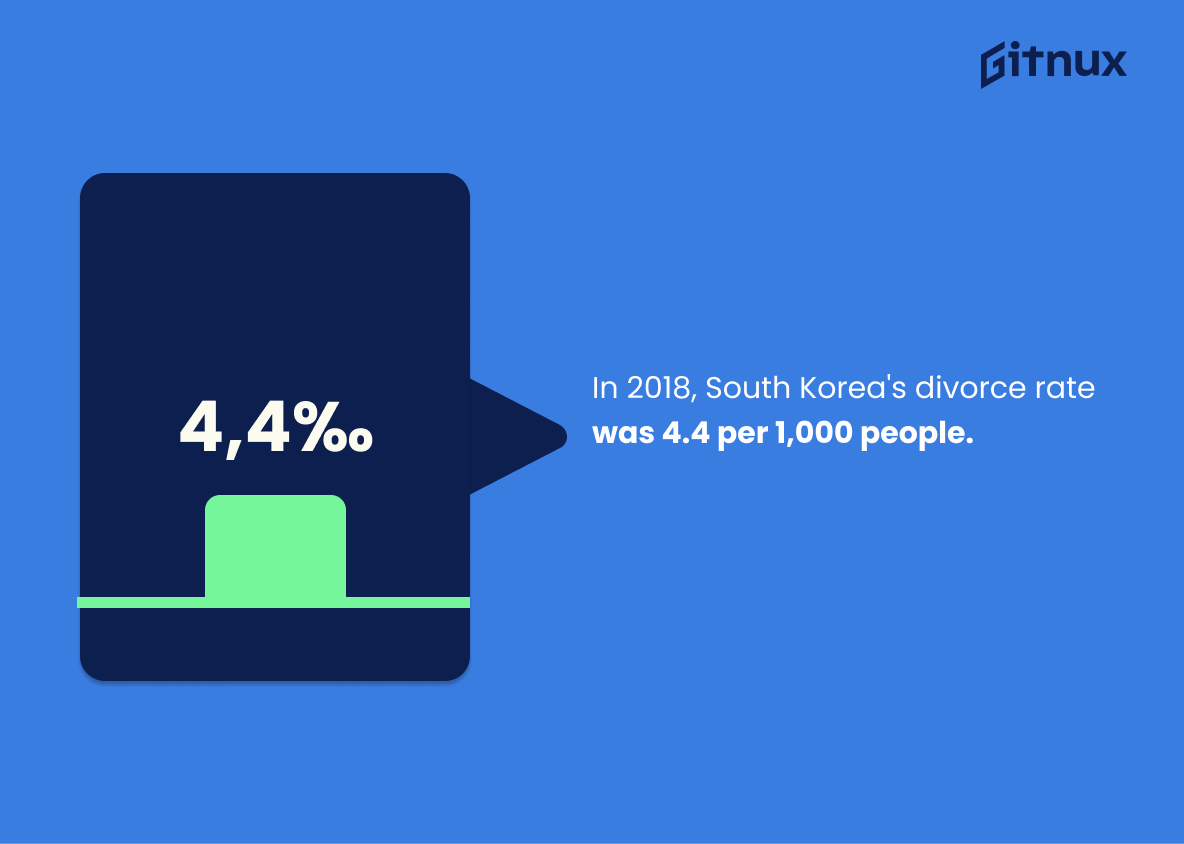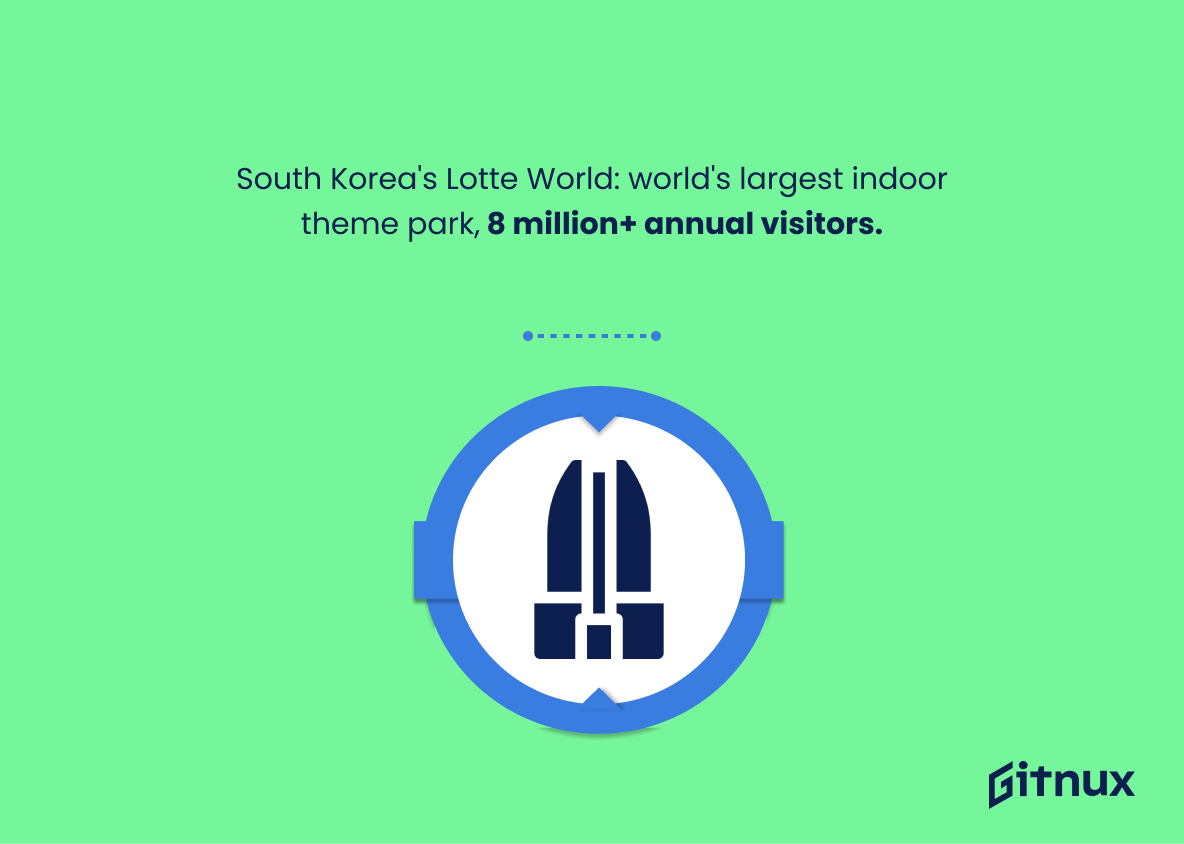South Korea is a vibrant and dynamic country with an impressive array of statistics. From its population size to the number of credit card transactions per capita, South Korea has made remarkable progress in many areas over the years. This blog post will explore some key facts about South Korea’s economy, society, culture, and environment based on data from reliable sources such as The World Bank Group and UNESCO. We’ll look at topics like GDP growth rate, life expectancy at birth, literacy rate for adults, press freedom index ranking, unemployment rate among others. Additionally we’ll also discuss how K-pop music industry contributes to the nation’s revenue along with other innovative industries that have helped propel South Korea into one of the most advanced countries in terms of technology adoption and sustainability goals achievement worldwide.
This statistic is an important indicator of the size and scope of South Korea’s population. It provides a snapshot of the country’s population size and can be used to compare it to other countries. Additionally, it can be used to measure the country’s economic and social progress over time, as well as to identify areas of potential growth. By understanding the population size of South Korea, we can gain a better understanding of the country’s culture, economy, and politics.
The GDP of South Korea is about 1.6 trillion USD (2020).
This statistic is a powerful indicator of the economic strength of South Korea. It speaks to the country’s ability to produce goods and services, and its capacity to generate wealth. It is an important factor in understanding the overall health of the Korean economy, and can be used to compare the country’s economic performance to other nations. As such, it is an invaluable piece of information for anyone looking to gain insight into the Korean economy.
Korea Statistics Overview
South Korea’s life expectancy at birth is 83.3 years (2020).
This statistic is a testament to the success of South Korea’s healthcare system, as it indicates that the average person born in the country can expect to live a long and healthy life. It is also a reflection of the country’s overall economic and social progress, as life expectancy is closely linked to a nation’s level of development. As such, this statistic is an important indicator of the success of South Korea’s policies and provides a valuable insight into the country’s current state of affairs.
The literacy rate for adults in South Korea is 97.9% (2021).
This statistic is a testament to the dedication of South Korea to the education of its citizens. It speaks to the country’s commitment to providing its citizens with the knowledge and skills necessary to succeed in the modern world. It also serves as a reminder of the importance of investing in education, as it is a key factor in the development of a nation. This statistic is a powerful indicator of the progress South Korea has made in terms of literacy and education, and it is an important part of understanding the country’s overall development.
South Korea ranks 10th in the 2021 World Press Freedom Index.
This statistic is a testament to the importance of freedom of expression in South Korea. It highlights the country’s commitment to protecting the rights of its citizens to express their opinions and beliefs without fear of censorship or retribution. This is especially relevant in the context of a blog post about Korea Statistics, as it provides a valuable insight into the country’s commitment to protecting the rights of its citizens to access and share information.
The Internet penetration rate in South Korea is 96.0% (2021).
This statistic is a testament to the power of the Internet in South Korea, highlighting the country’s commitment to digital connectivity. It is an important indicator of the country’s technological advancement and its ability to keep up with the ever-evolving digital landscape. This statistic is also essential for understanding the impact of the Internet on the Korean economy, as it provides insight into the level of access to online services and resources. Furthermore, this statistic is essential for understanding the potential of the Korean market for digital products and services, as well as the potential for digital marketing and advertising.
South Korea has been ranked 5th in the 2021 Global Innovation Index.
This statistic is a testament to South Korea’s commitment to innovation and progress. It highlights the country’s dedication to developing new technologies and ideas, and its ability to stay ahead of the curve in terms of global innovation. This is an important point to make in a blog post about Korea Statistics, as it demonstrates the country’s commitment to staying competitive in the global economy.
South Korea’s smartphone ownership rate is 95.1% (2021).
This statistic is a testament to the power of technology in South Korea, highlighting the country’s commitment to staying ahead of the curve. It is a reflection of the nation’s dedication to providing its citizens with the latest and greatest in mobile technology, and serves as a reminder of the importance of staying connected in the digital age. In a blog post about Korea Statistics, this statistic is a valuable insight into the country’s technological prowess and its commitment to staying ahead of the curve.
South Korea has the world’s highest percentage of e-government users at 92.4% (2020).
This statistic is a testament to South Korea’s commitment to digital transformation and the success of its e-government initiatives. It highlights the country’s ability to leverage technology to improve the efficiency and effectiveness of its public services, making it a leader in the global digital economy. By showcasing this statistic in a blog post about Korea Statistics, readers can gain a better understanding of the country’s progress in this area and the potential for further growth.
South Korea has the highest credit card usage rate in the world, with 148.3 credit card transactions per capita (2021).
This statistic is a testament to the fact that South Korea is a leader in the world of credit card usage. It highlights the country’s commitment to financial innovation and its ability to provide its citizens with access to convenient and secure payment methods. This statistic is also indicative of the country’s strong economy and its ability to provide its citizens with the financial resources they need to make purchases. As such, this statistic is an important part of understanding the economic and financial landscape of South Korea.
South Korea ranks 1st worldwide in the 2021 Bloomberg Innovation Index.
This statistic is a testament to South Korea’s commitment to innovation and progress. It highlights the country’s dedication to developing cutting-edge technologies and creating a competitive business environment. This is an important indicator of the country’s economic health and its ability to remain competitive in the global market. It also serves as a reminder of the importance of investing in research and development, as well as the need to foster an environment that encourages creativity and innovation.
The revenue of the South Korean gaming industry reached $14.3 billion in 2022.
This statistic is a testament to the immense growth of the South Korean gaming industry, demonstrating the country’s ability to capitalize on the ever-growing gaming market. It is a prime example of the economic success that South Korea has achieved, and serves as a reminder of the importance of statistics in understanding the country’s progress. As such, this statistic is an invaluable resource for anyone looking to gain insight into the state of the South Korean economy.
South Korea ranks 5th in the world in terms of the number of stem cell clinical trials (2021).
This statistic is a testament to South Korea’s commitment to advancing stem cell research and its potential to revolutionize medical treatments. It speaks to the country’s dedication to pushing the boundaries of science and technology, and its willingness to invest in the future of healthcare. This statistic is a powerful reminder of the importance of investing in research and development, and the potential of stem cell research to improve the lives of people around the world.
South Korea’s ratio of female researchers in the field of science, technology, engineering, and math (STEM) reached 22.8% in 2021.
This statistic is a testament to the progress South Korea has made in promoting gender equality in the STEM field. It shows that the country is making strides towards creating a more equitable environment for female researchers in the field of science, technology, engineering, and math. This is an important step in the right direction, and it is encouraging to see that South Korea is taking steps to ensure that women are given the same opportunities as men in the STEM field.
It is estimated that North and South Korea combined have around 3,100-3,400 Terrestrial and Submarine species.
This statistic is a testament to the remarkable biodiversity of the Korean peninsula. It speaks to the incredible variety of life that exists in the region, from terrestrial species to those that inhabit the depths of the ocean. This statistic is a reminder of the importance of preserving and protecting the natural environment of Korea, and of the need to ensure that its unique and diverse species are not lost to future generations.
The divorce rate in South Korea was 4.4 per 1,000 people in 2018.
This statistic is a telling indication of the state of marriage in South Korea. It provides insight into the prevalence of divorce in the country, and can be used to compare the divorce rate in South Korea to other countries. This information can be used to inform discussions about the social and economic implications of divorce in South Korea, and to explore potential solutions to the issue.
South Korea has the world’s largest indoor theme park, Lotte World, with an annual visitor count of over 8 million.
This statistic is a testament to the immense popularity of South Korea as a tourist destination. It highlights the country’s ability to attract and entertain millions of visitors each year, showcasing the country’s vibrant culture and attractions. It is a powerful reminder of the country’s potential to become a major player in the global tourism industry.
South Korea was ranked 5th among 156 countries in the 2021 Sustainable Development Goals (SDGs) report.
This statistic is a testament to South Korea’s commitment to sustainable development and progress. It highlights the country’s dedication to achieving the SDGs, which are a set of global goals designed to create a more equitable and sustainable world. This statistic is a powerful reminder of the importance of taking action to ensure a better future for all. It also serves as an inspiration to other countries to strive for similar success in their own sustainable development efforts.
Conclusion
South Korea is a country with an impressive population of 51.3 million people, and its GDP stands at 1.6 trillion USD (2020). The life expectancy in South Korea is 83.3 years (2020), while the literacy rate for adults reaches 97.9% (2021). In terms of press freedom, South Korea ranks 10th in the 2021 World Press Freedom Index; meanwhile, its unemployment rate was 3.8% as of 2021 and Internet penetration rate 96%.
In addition to these economic indicators, South Korea has also been ranked 5th in the 2021 Global Innovation Index and holds first place worldwide on Bloomberg’s Innovation Index for 2021 – both testament to their commitment to innovation and technology development over recent years. Furthermore, 95 percent of Koreans own smartphones (2021) which helps explain why they have one of the highest e-government user rates globally at 92 percent (2020). Moreover, credit card usage per capita is high compared to other countries around the world – 148 transactions per person annually – making it easier than ever before for citizens to access goods or services online or offline without cash payments being necessary anymore .
The K-pop industry generates $5 billion each year from music sales alone while video game revenue reached 14 billion dollars last year showing that entertainment plays a major role within Korean culture too. Additionally , STEM fields are becoming increasingly popular among women who now make up 22 %of researchers working in this field according North/South combined species count estimates there are approximately 3400 terrestrial & submarine species living between them . Lastly , divorce rates remain relatively low standing at 4:4 divorces per 1000 people back 2018 .
Overall , South korea’s statistics show that it’s a highly developed nation with strong economy & innovative spirit backed by modern technologies such as internet & smartphone ownership along with cultural diversity represented through various industries like gaming & K-Pop all contributing towards sustainable growth across multiple sectors
References
0. – https://www.lotteworld.com
1. – https://www.globalinnovationindex.org
2. – https://www.statista.com
3. – https://www.dashboards.sdgindex.org
4. – https://www.mapress.com
5. – https://www.data.worldbank.org
6. – https://www.en.unesco.org
7. – https://www.technologynetworks.com
8. – https://www.rsf.org
9. – https://www.internetworldstats.com
10. – https://www.bloomberg.com
11. – https://www.itu.int
12. – https://www.thejakartapost.com
13. – https://www.advratings.com
14. – https://www.worldbank.org
